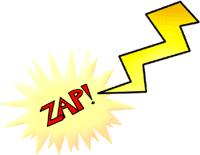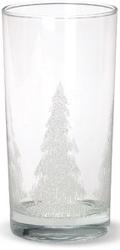What you'll need:
- Fresh seeds of your choice such as pumpkins seeds, sunflower seeds, lima beans or pinto beans.
- Good quality soil (loose, aerated, lots of peat moss), if you don’t have any you can buy some potting soil at your local garden store.
- A container to hold the soil and your seeds.
- Water.
- Light and heat.
Instructions:
- Fill the container with soil.
- Plant the seeds inside the soil.
- Place the container somewhere warm, sunlight is good but try to avoid too much direct sunlight, a window sill is a good spot.
- Keep the soil moist by watering it everyday (be careful not to use too much water).
- Record your observations as the seeds germinate and seedlings begin to sprout from the seeds.
What's happening?
Hopefully after a week of looking after them, your seedlings will be on their way. Germination is the process of a plant emerging from a seed and beginning to grow. For seedlings to grow properly from a seed they need the right conditions. Water and oxygen are required for seeds to germinate. Many seeds germinate at a temperature just above normal room temperature but others respond better to warmer temperatures, cooler temperatures or even changes in temperature. While light can be an important trigger for germination, some seeds actually need darkness to germinate, if you buy seeds it should mention the requirements for that specific type of seed in the instructions.
Continue to look after your seedlings and monitor their growth. For further experiments you could compare the growth rates of different types of seeds or the effect of different conditions on their growth.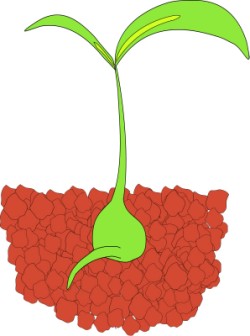
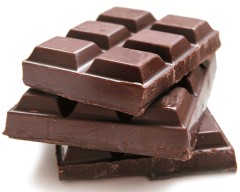
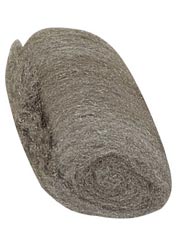
.jpg)
.jpg)
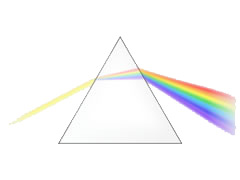
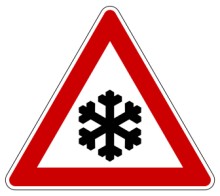
.jpg)
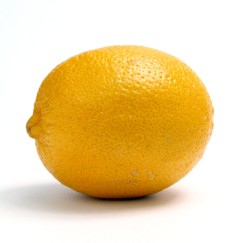
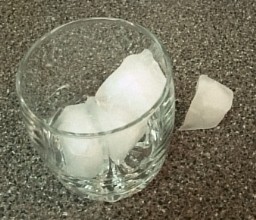


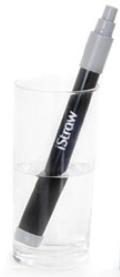
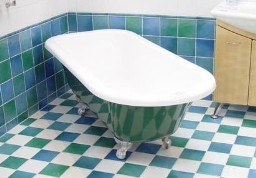
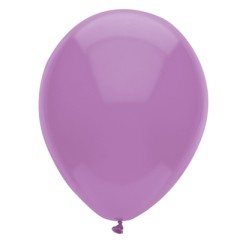
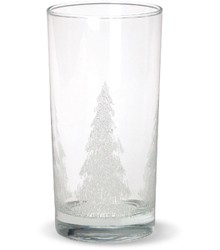
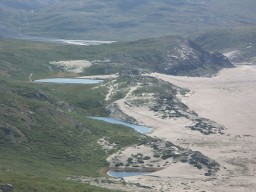
.jpg)



.jpg)
.jpg)

